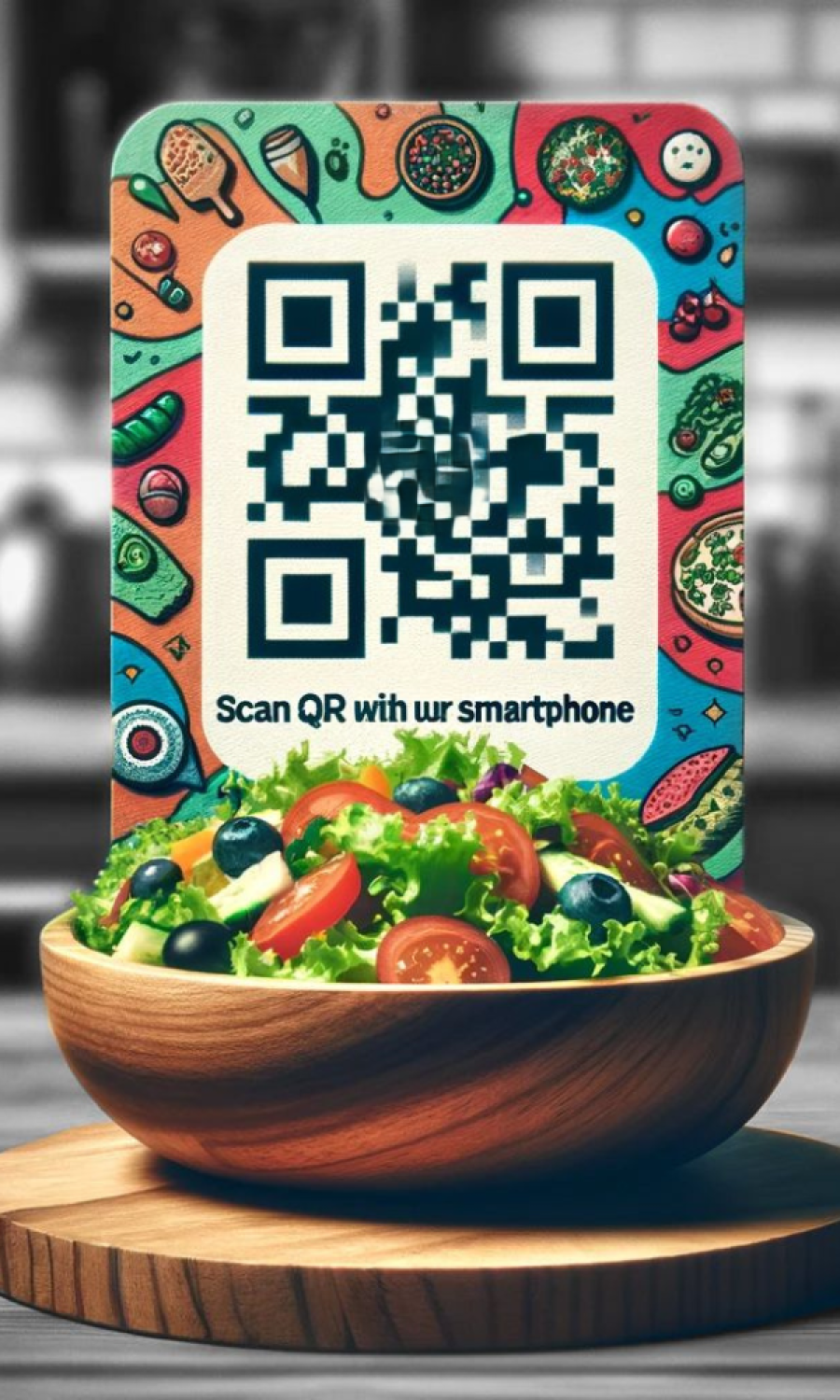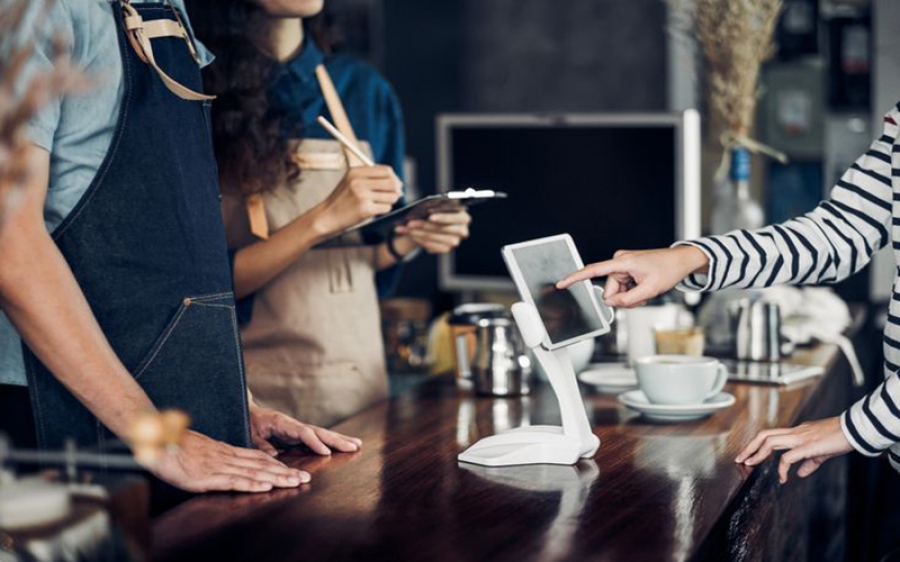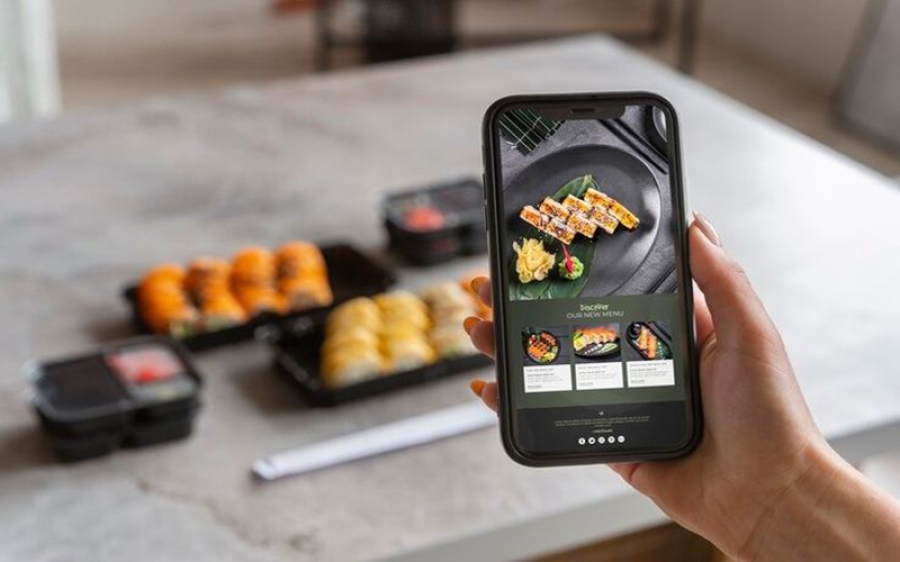QR Codes in Restaurant Menus: A New Era of Efficiency and Convenience
In the competitive world of dining, the process of ordering and menu management can be complex and time-consuming. Traditional methods often involve physical menus, which can lead to inefficiencies and increased contact, especially in a post-pandemic world. Enter QR codes, a technology that promises to streamline these processes, bringing unprecedented efficiency and convenience to restaurants. This article explores how QR codes are transforming the restaurant industry, focusing on their benefits, implementation strategies, and the future outlook.
The Evolution of Restaurant Menus
Historically, managing restaurant menus involved printing and distributing physical copies, which were not only costly but also prone to wear and tear. Updating menus to reflect new items or prices required reprinting, leading to waste and additional expenses. QR codes are changing this landscape by digitizing menus, making them easily accessible and updateable.
Benefits of Using QR Codes for Restaurant Menus
Streamlined Ordering Process
QR codes eliminate the need for physical menus, streamlining the ordering process. Diners can access detailed menu items, descriptions, and pricing by simply scanning a QR code with their smartphones, allowing for quicker and more informed decisions.
Enhanced Hygiene and Safety
In a world where health and safety are paramount, QR codes offer a contactless solution. By reducing the need for shared physical menus, QR codes help minimize the risk of germ transmission, providing a safer dining experience for customers.
Cost and Environmental Savings
Using QR codes for menus can significantly reduce printing costs and the environmental impact associated with paper menus. This eco-friendly approach not only saves money but also appeals to environmentally conscious customers, enhancing the restaurant’s brand image.
Improved Customer Experience
By simplifying the menu access and ordering process, QR codes enhance the overall customer experience. Diners can browse the menu at their own pace, explore detailed descriptions and images of dishes, and place orders directly from their devices. This level of convenience can lead to higher customer satisfaction and repeat business.
Implementation Strategies for QR Code Adoption
Training and Education
For QR codes to be effective, both staff and customers need to be educated on their use. Staff should be trained on how to assist customers with scanning QR codes and navigating digital menus. Clear instructions and signage can help customers understand how to use QR codes efficiently.
Infrastructure Development
Adopting QR codes requires a commitment to developing the necessary infrastructure. This includes ensuring that the restaurant’s website and mobile app are optimized for QR code functionality and that reliable internet connectivity is available throughout the dining area.
Partnerships and Collaboration
Collaboration between restaurants, menu design services, and technology providers is key to successful QR code implementation. By working together, stakeholders can develop standardized QR code solutions that are user-friendly and work seamlessly across different platforms and devices.
The Future Outlook
As QR codes continue to gain traction in the restaurant industry, the future looks promising. With ongoing advancements in technology, we can expect to see even more sophisticated QR code solutions that further streamline operations, enhance security, and improve customer satisfaction. The adoption of QR codes is not just a trend; it's a fundamental shift towards a more efficient, secure, and customer-centric approach to dining.
Conclusion
The integration of QR codes into restaurant menus marks a significant milestone in the dining industry. By offering a more efficient, secure, and customer-friendly alternative to traditional menus, QR codes are poised to redefine the way restaurants operate. As the technology continues to evolve, it will undoubtedly play an increasingly important role in shaping the future of dining, providing both restaurants and customers with numerous benefits.








